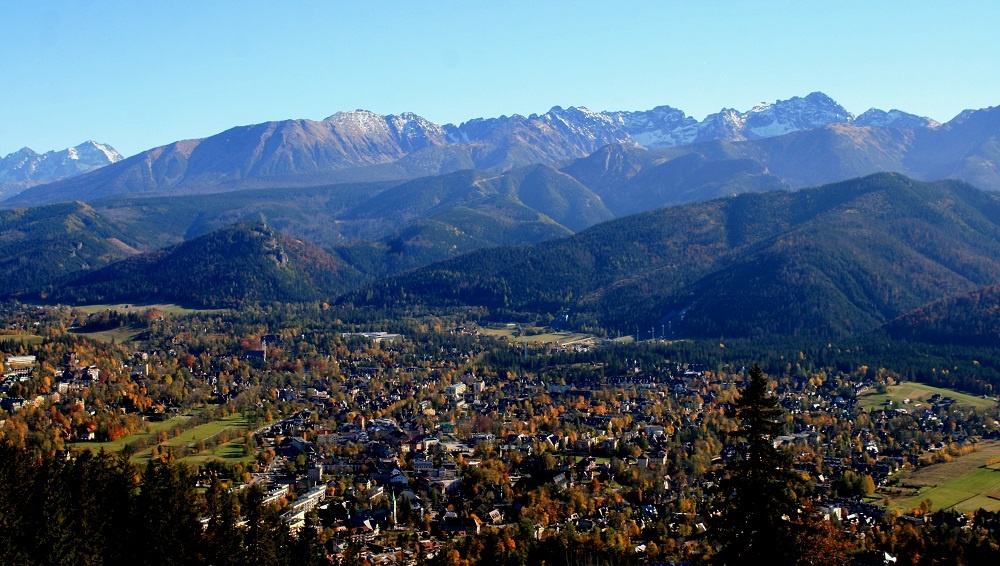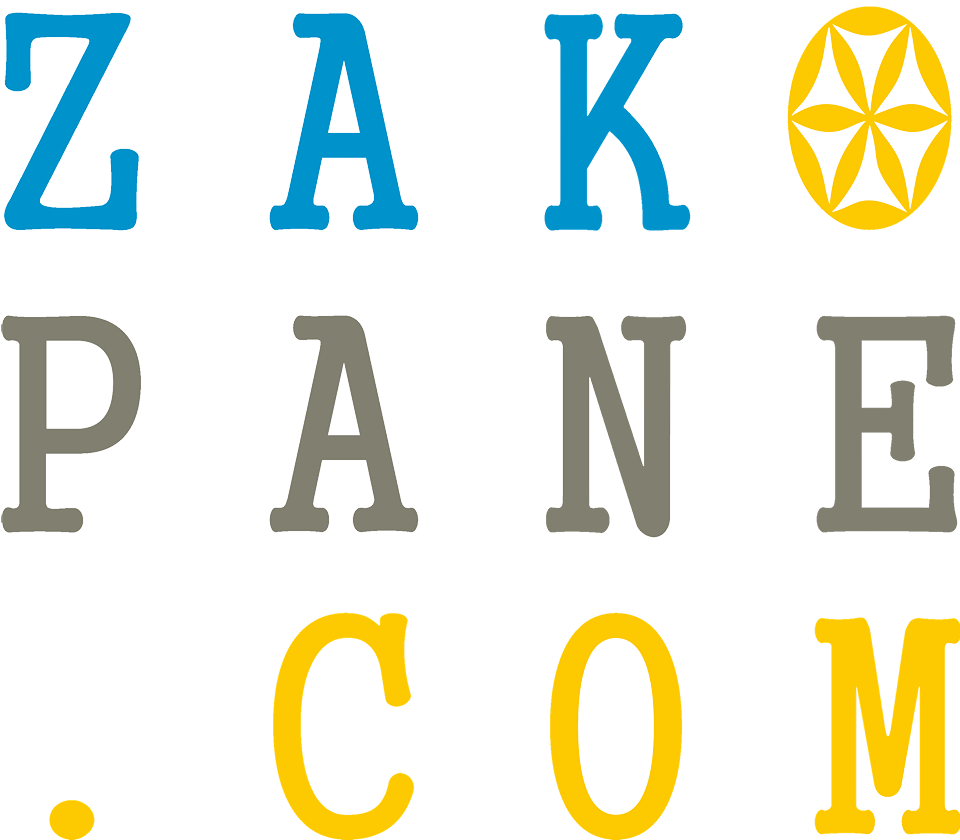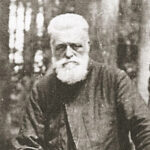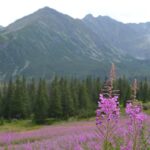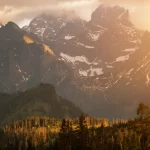ABOUT PODHALE REGION
Podhale Region is a separated cultural area, located beneath Tatra Mountains, in basin of Dunajec River.
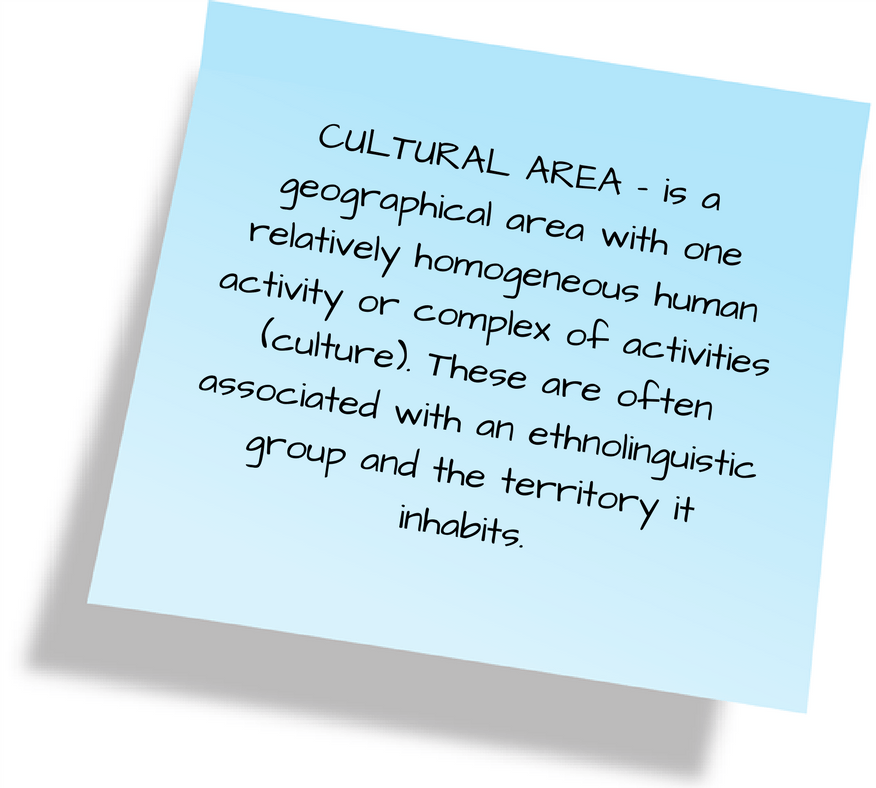
Region’s borders are clearly visible: the north border are Gorce Mountains, south border – Tatras, east border – Białka River, and west border – European watershed.
South part of the region is more mountainous than north part. On the other hand, west part has a little different land form than east part – it’s located lower and it’s more flat, because of tectonic depression.
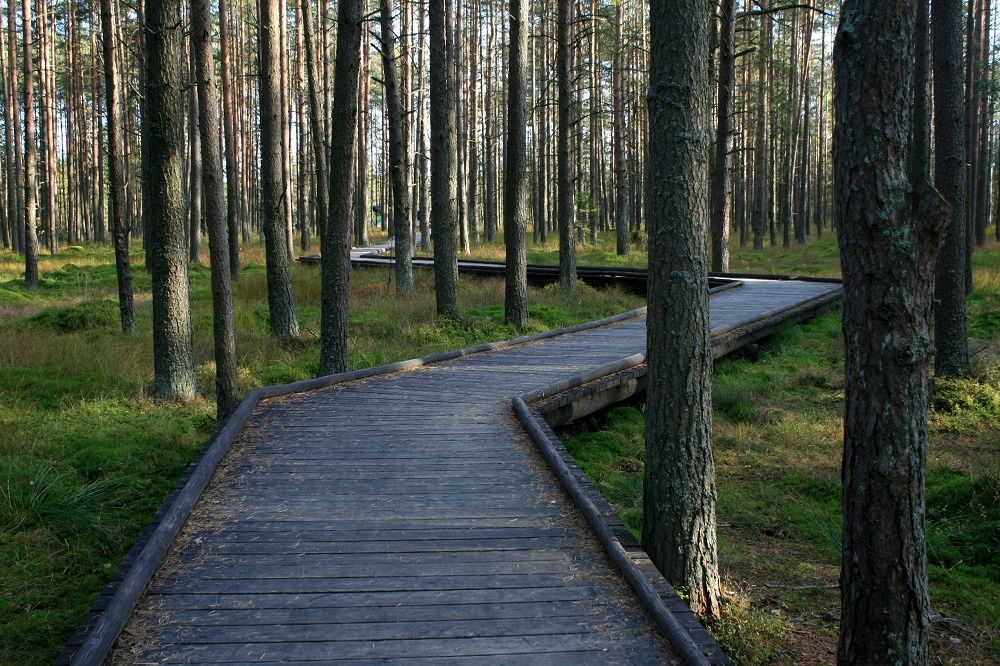
Part of the educational path on mire in Nowy Targ
Historical capital of Podhale Region is town Nowy Targ. There are 12 municipalities in Podhale Region:
| Gmina Zakopane
Gmina Poronin Gmina Biały Dunajec Gmina Szaflary Gmina Nowy Targ Gmina Czorsztyn
|
Gmina Bystra-Sidzina
Gmina Bukowina Tatrzańska Gmina Kościelisko Gmina Czarny Dunajec Gmina Raba Wyżna Gmina Spytkowice
|
Name of the region is connected with the it’s location: in highlander dialect hala is a mountain pasture, and Polish pod-halami means, the town is located beneath those pastures. Formerly, when the name Podhale wasn’t in use, particular areas was often called from rivers names, for example: Biały Dunajec, Czarny Dunajec (default: rivers).
Folklore in Podhale Region
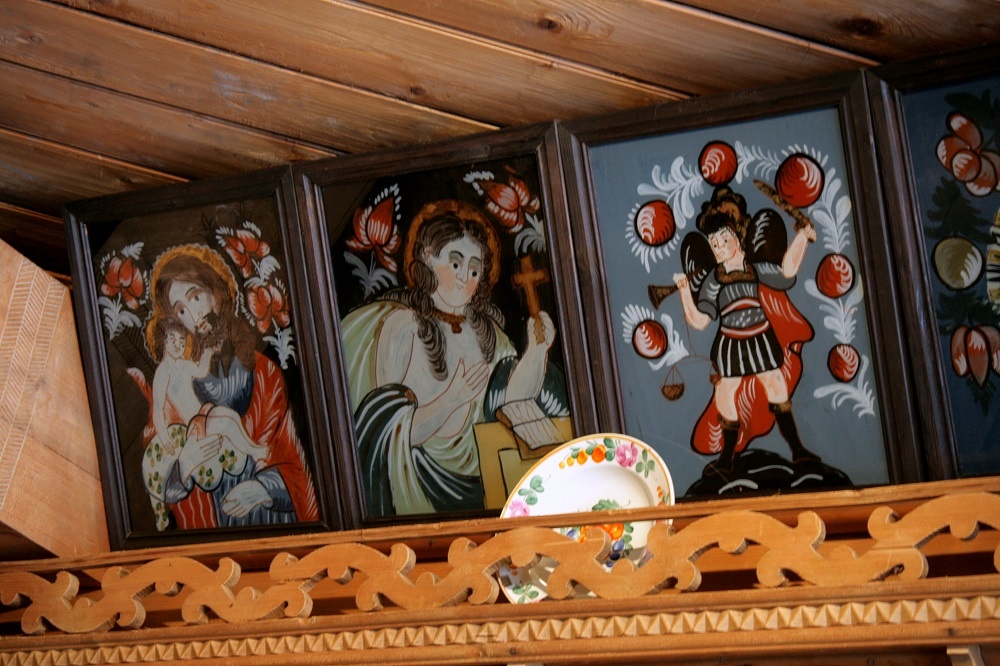
Traditional reverse glass painting, Tatras Museum’s collection
This topic is really comprehensive and it is presented in separated article. Here, we’ll give you only a short overview with it’s the most characteristic features.
As it was previously mentioned, Podhale Region is the cultural area, because of the cultural distinctiveness of it’s inhabitants. They have their own dialect, recognizable dress, music, art and habits. Specific highlanders dialect has many loanwords from the wh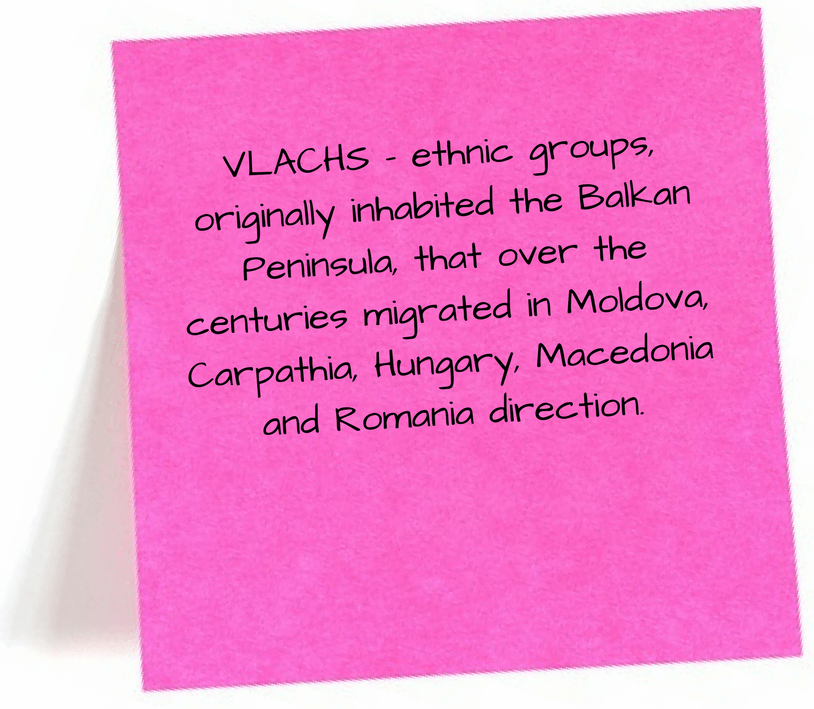 ole arc of the Carpathian Mountains, mostly from Slovak and Hungarian languages.
ole arc of the Carpathian Mountains, mostly from Slovak and Hungarian languages.
Highlanders music, that at first only accompanied folk ceremonies and rituals, stands out of the music of the others Polish regions – it was influanced by Hungarian, Moravian, Romanian and Slovak folklore. Music of Podhale Region has also many common elements with music of others Carpathian regions, which may be a consequence of Vlachs migrations and their settlement in Podhale Region.
Characteristic regional dances are highlander dance and zbójnicki dance (Polish: ‘bandit’s dance’ – zbójnik is a bandit form Tatras, who robs rich people and helps poor ones, some kind of Tatras Robin Hood :)). It’s important to say, that over the years both dances steps was mixed, mostly for increasing dance shows attraction.
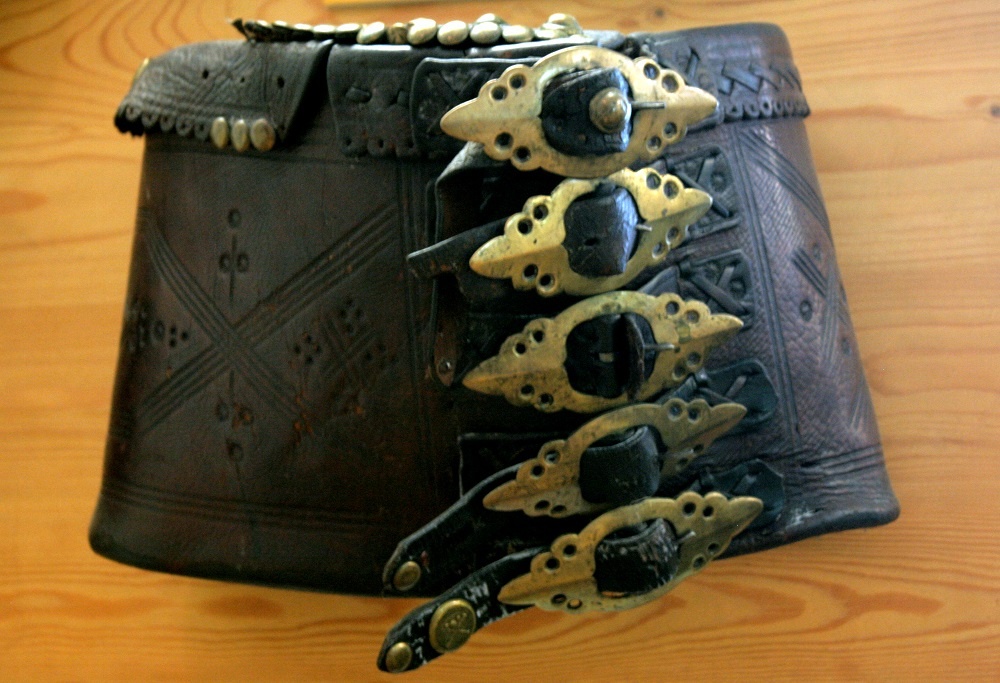
Traditional highlander belt, Tatras Museum’s collection
One of the most visible element of material folklore is highlanders dress. Men wear white pants with black stripes, wide leather belt, white shirt and black felt hat. In winter, they wear sheepskin coats or jerkin. Women wear wide long skirts, linen shirts, corsets, colorful head scarfs and red beads.
Next element of the material highlander culture is traditional building (huts), ornamentation and applied art, which we can admire in many museums and workshops.
It’s important to underline, that in spite of the constant developments main features of highlander culture are continued. Regional folklore in Podhale Region is still alive and we can observe it in everyday life: people speak in local dialect in houses, work and schools; you can see regional dresses on the street or in the church, and listen to the live highlander music in many local restaurants.
You can read more about highlander’s culture and folklore in below article:
https://zakopane.com/en/highlanders-culture-short-guide/
Main places of Podhale Region
Besides Zakopane and Tatra Mountains, it is worth to visit surrounding villages, that often offer more authentic contact with culture and history of the region. In many of them, it’s possible to rest far from crowds, that Zakopane attracts and find some peace, even in the middle of the season. Below we present some of them:
Czarny Dunajec – place, that is visited by tourists very rarely, although recently the number of tourists has inreased. There’s no ski slopes here, because Czarny Dunajec is as flat as a table. But it is worth to visit this village because of extensive mire, where you can see plants from hundreds of thousands of years. You can see here very rare species of plants, like drosera, orchids or bog blueberry. Through some parts of the mires leads interesting educational path. There are also plenty of walking and cycle paths.
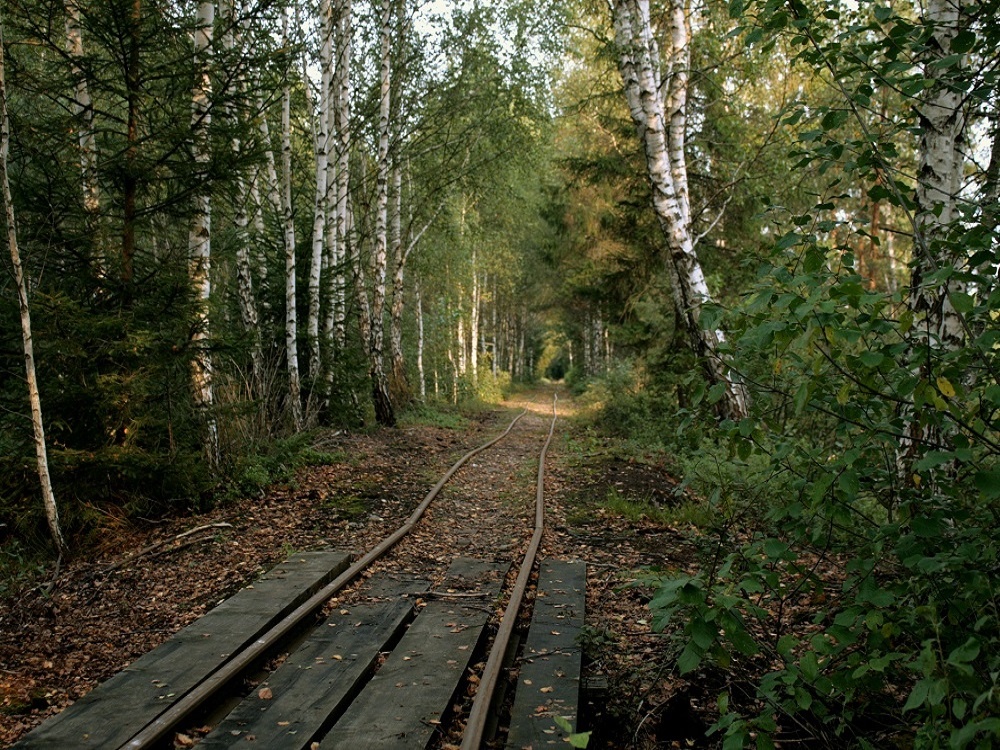
Chochołów – it is known for its unique highlander huts, from XIXth century. Some of them was included to UNESCO monuments list. They’re an open-air museum now and there is possible to see the inside of some of them.
Witów – village, popular mainly in winter time, because of many of ski slopes and good infrastructure. The place is visited also because of recently built thermal pools (the biggest in Podhale Region). In village area there is also a very popular Chochołowska Valley – the only valley in Tatras, where you can ride a bike and walk with dogs.
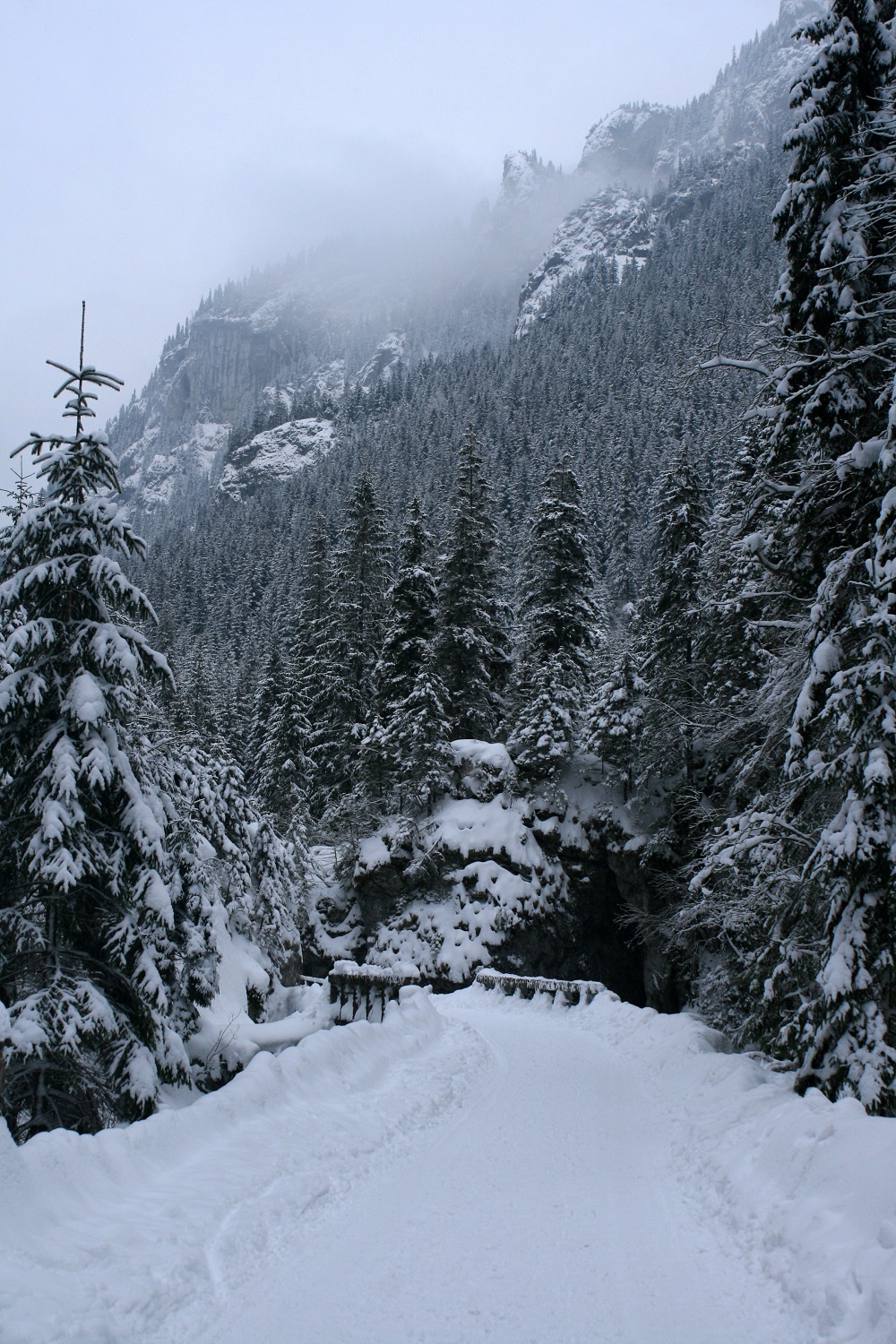
Kościeliska Valley in winter
Kościelisko – the village located in direct neighborhood of Western Tatras. Here you can visit the most popular valley in Tatras – Kościeliska Valley, which is easy accessible in summer and winter time. There are also ski slopes, walking paths and traditional highlander houses in Kościelisko village.
Bukowina Tatrzańska – very popular tourist destination, mainly in winter, thanks to multiple ski slopes and good infrastructure. There are thermal pools in the village and one of the biggest wooden building in Poland – Folk House.
Białka Tatrzańska – neighbor of Bukowina Tatrzańska, in summer and winter time literally full of tourists. The reason is simple – there are the most modern ski slopes on the hill of Kotelnica, which are working in the winter and summer time. Next to them, there are thermal pools, luxury hotel and plenty of pensions and small hotels.
Ząb – the highest located village in Poland. The best Polish ski jumper, Kamil Stoch was born here. There are ski slopes in the village, touristic trails and great view points with wonderful panorama for Tatra Mountains.
Nowy Targ – historic capital of Podhale Region, very good place to start visiting surrounding villages, but also Gorce Mountains, Pieniny Mountains, Tatras or Czorsztyn Lake. There are noteworthy mires with nature reserve „Bór na Czerwonem” and educational path there.
Czorsztyn – village situated on east from Nowy Targ, just between Gorce Mountains and Pieniny Mountains. It’s interesting because of the beautiful castle riuns and large Czorsztyn Lake, with water landing, kayaks and paddle boats rent.
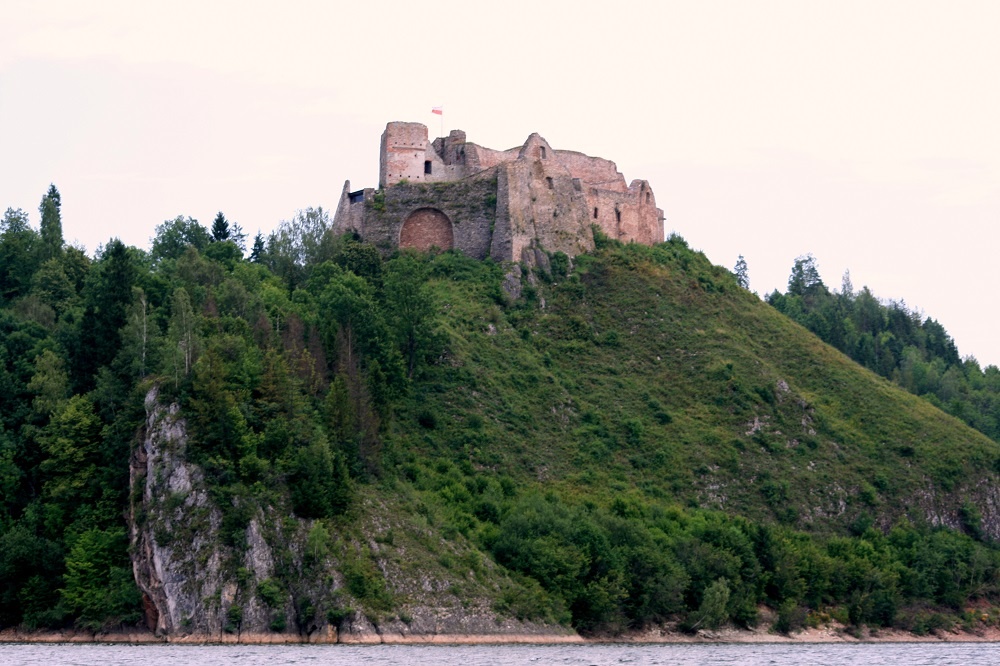
Zakopane – basic information about Zakopane you can read in below article:
https://zakopane.com/en/basic-information/
Podhale Region today
Podhale Region attracts more and more tourists every year. Thanks to fast growing infrastructure, many pensions and guesthouses, restaurants and attractions, many people prefer villages of Podhale Region as a place to rest or to visit Tatras. In some villages you can rest without crowds. Many of them offer lower prices and very good standard of services.
